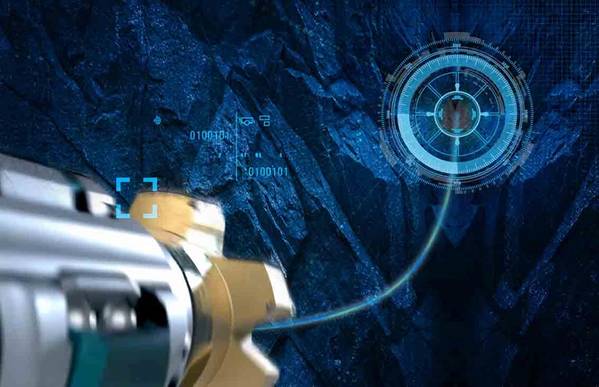
Oilfield services giant Schlumberger has this week introduced a service called Autonomous Directional Drilling, which, the company says, includes solutions to steer autonomously through any section of the wellbore.
According to Schlumberger its intelligent and dynamic downhole automated control system instantly interprets and acts on data, enhancing well construction performance," the company said.
Autonomous Directional Drilling is a significant leap forward for the industry digital transformation, helping our customers achieve new levels of well construction efficiency, consistency, and sustainability,” said Jesus Lamas, president, Well Construction, Schlumberger.
He said that the latest technological innovations enable a self-steering bottomhole assembly (BHA) capable of drilling through any well section.
"[...] downhole automation capabilities drive steering adjustments as conditions are encountered to significantly increase rates of penetration (ROP) and improve borehole quality, which leads to greater production potential and emissions reduction," Lamas said.
To achieve downhole automation, Schlumberger has introduced a downhole automated control system—described as an advanced and intelligent closed-loop control unit— that acquires, interprets, and acts upon data to drill better wells, faster.
"The system performs corrections immediately. This ensures drilling trajectory accuracy and removes data-to-surface delays to improve decision latency—resulting in greater overall directional drilling efficiency. Current Autonomous Directional Drilling applications include auto-vertical, auto-tangent, and auto-curve," Schlumberger said.
According to a case study on Schlumberger's website, a North Sea operator used Schlumberger's PowerDrive Orbit RSS (rotary steerable system) with autonomous downhole control technology and auto-curve capability, increasing performance on curves on three wells in three different fields and three different hole sizes. Downlinks to the RSS reduced 33% on average as compared with offsets using manual mode, the company said.